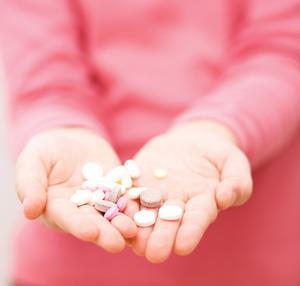Making it more attractive for companies to develop paediatric drugs has the potential to improve everyone’s lives

Most drugs are not tested on children. That means, a lot of the time, that they’re not technically licensed to be used to treat children. Paediatric doctors use their expertise and judgement when prescribing drugs for kids – adjusting dosage according to weight, as well as factoring in any documented effects that might make children react differently to a particular drug compared with adults.
To make life more complicated, there are practical implications. Breaking up adult-dose tablets can create sharp edges and expose the unpleasant-tasting contents. That makes it tricky to persuade children to swallow them – at least more than once or twice. It also makes knowing you’re administering the correct dose rather hard (especially for combination cocktails with several active ingredients), and completely ruins many kinds of slow- or controlled-release formulations.
But without running complex and expensive child-specific clinical trials, or building up sufficient data to support regulatory licensing, there is little incentive for companies to develop more child-friendly products. For diseases that generally affect the developing world, such as tuberculosis (TB), that incentive is even smaller. But charities and non-profit organisations can step up.
The TB Alliance has brought together medics, manufacturers, researchers and regulators to help develop nice-tasting, dispersible formulations of the combination treatments that can cure TB. Working with the World Health Organization and various international development organisations, the group aims to make the treatment available to many of the million or so children who fall ill with TB each year.
There is also a less common (and perhaps less pressing) problem emerging in the other direction. Some drugs, such as those developed to treat serious childhood illnesses and hereditary conditions, are only formulated for children. This is because the patients’ life expectancy is relatively low. But as treatment improves, and patients survive longer, they could end up needing many times the dose required by a small child. Swallowing great handfuls of low-dose pills – or taking multiple injections – is inconvenient, and makes mistakes more likely. Reformulation would improve patients’ experience, but requires investment from the manufacturers.
Making it more attractive for enterprising companies to develop new formulations of existing drugs has the potential to improve everyone’s lives. But is the humanitarian benefit enough incentive? In an industry where customer service is slowly becoming a more important differentiator between companies, maybe it will be.












No comments yet